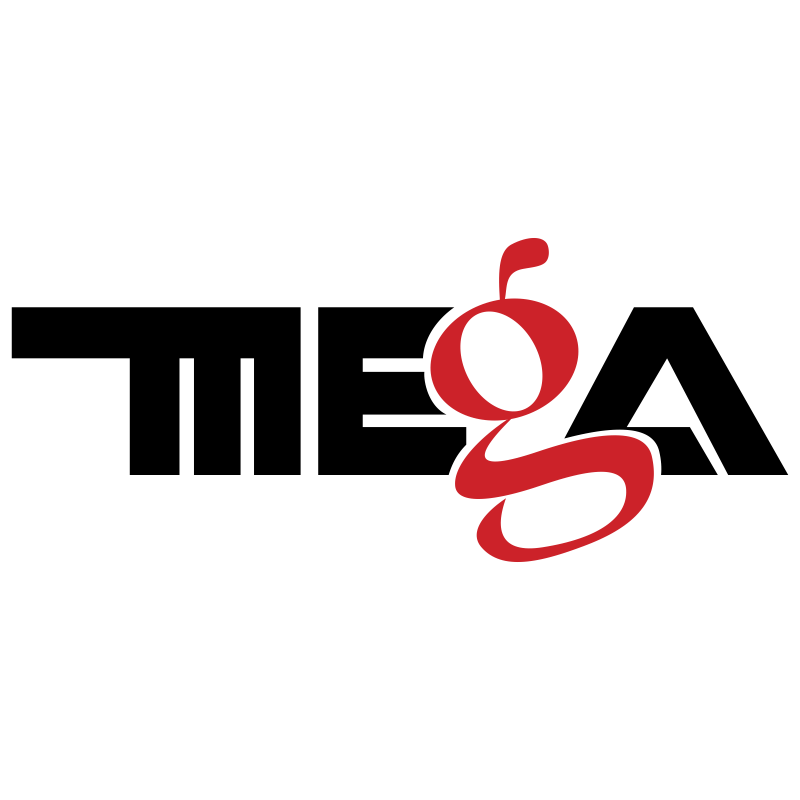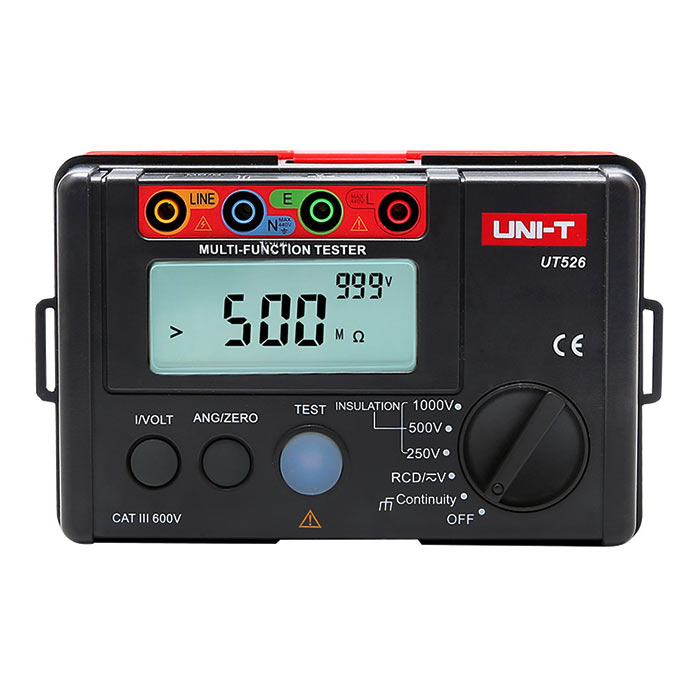



-
$ 362.16
Reviews & Ratings
PCE-LES 103UV-385 UV-Stroboscope
The PCE-LES 103UV-385 UV-Stroboscope represents a leap forward in the inspection and analysis of materials and components in various industrial sectors. This article delves into the essence of PCE-LES 103UV-385 UV-stroboscopes, their application in industry, design considerations, maintenance insights, and the future of UV-stroboscopic technology.
UV-stroboscopes are sophisticated devices that emit ultraviolet light in rapid, controlled flashes. These devices are crucial for observing the properties and behaviors of materials that react to UV light, enabling detailed inspection and analysis that would otherwise be impossible with the naked eye or under standard lighting conditions.
The application of UV-stroboscopes spans a wide range of industries, from security printing to non-destructive testing (NDT) and beyond. In security printing, these devices are instrumental in verifying the authenticity of documents and currency, which often feature UV-reactive inks. In the realm of NDT, UV-stroboscopes facilitate the inspection of structural components for flaws or defects, ensuring the integrity and safety of critical infrastructure.
Designing a UV-stroboscope like the PCE-LES 103UV-385 involves a meticulous balance of functionality and user-friendliness. These devices must be robust enough to withstand the rigors of industrial environments while providing precise control over the UV light’s intensity and flash rate. Ergonomics also play a vital role, as operators may need to use the device for extended periods.
Maintaining a UV-stroboscope for longevity and reliability involves regular calibration and care. Calibration ensures that the device’s output remains accurate and consistent, while proper care can prevent damage to the sensitive UV light source and electronics. Users must follow the manufacturer’s maintenance guidelines to keep the device in optimal condition.
PCE-LES 103UV-385 UV-Stroboscope Specifications:
- Frequency
- Measuring range: 60 FPM … 9999.99 FPM
- Resolution: 0.01 FPM
- Accuracy: +/- 0.001% of the setting or +/-1 LSD
- Frequency
- Measuring range: 10000 FPM … 300000 FPM
- Resolution: 0.1 FPM
- Accuracy: +/- 0.001% of the setting or +/-1 LSD
- Frequency
- Measuring range: 1 Hz … 5000 Hz
- Resolution: 0.01 Hz
- Accuracy: +/- 0.001% of the setting or +/-1 LSD
General
- Display type: TFT colour display
- Display size: 2.8 inch
- Operating time: 4.5 h
- Operating time additional information: at flash frequency 100 Hz, 1 %, display brightness 70 %
- Automatic switch-off adjustable: 2 … 10 min.
- Automatic switch-off can be deactivated: Yes
- Light intensity:
- 635 μW/cm2 @ 20 cm @ 1000 Hz, 1 %
- 317 μW/cm2 @ 30 cm @ 1000 Hz, 1 %
- 115 μW/cm2 @ 50 cm @ 1000 Hz, 1 %
- Light colour: UV light (385 … 390 nm)
- Phase shift: -360 … 360 °
- Pulse width:
- 0.01 … 1 % of pulse duration
- Resolution: 0.01 %
- 0.01 º … 3.60 º from 360 º
- Resolution: 0.01 º
- 0.01 … 1 % of pulse duration
- Menu language: German, English, French, Italian, Spanish, Dutch, Turkish, Polish, Russian, Chinese
- Protection class (device): IP52
- Power supply: 5V DC, 2A
- Weight: 284 g
- Dimensions (L x W x H): 165 x 90 x 35 mm
- Operating conditions: -20 … 60 °C , 35 … 85 % r.H
- Storage conditions: -20 … 60 °C , 35 … 85 % r.H
Frequently Bought Products
-
$ 362.16









